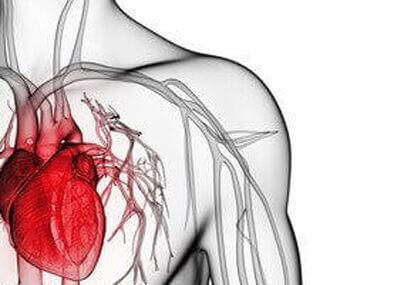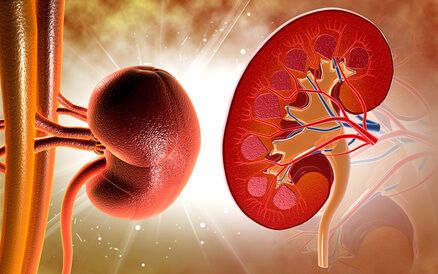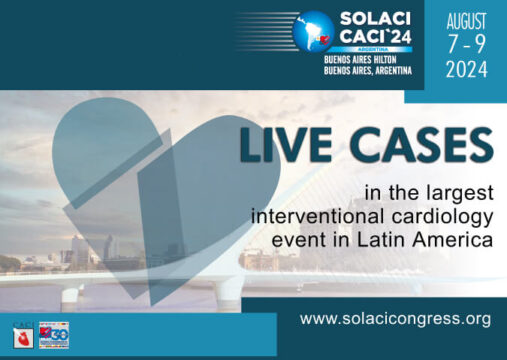Delays in the treatment of symptomatic aortic stenosis (AS) reduce prognosis, especially in elderly patients. Accurate assessment of AS severity is crucial to avoid overtreatment and its associated risks. A transthoracic echocardiogram (TTE) is the initial evaluation in the diagnostic algorithm, and severity values are well established. However, some patients may obtain discordant data due to low flow, masking true severity.

Dobutamine stress echocardiography (DSE) corrects the effect of low flow, allowing for the adequate assessment of the aortic valve area (AVA) and mean transvalvular gradient. Computed tomography (CT) can quantify aortic valve calcification (AVC), estimating severity when it exceeds a threshold of ≥2000 AU in men and ≥1200 AU in women.
The objective of this study was to assess the discrimination power of CT regarding the detection of severe aortic stenosis, as assessed by TTE and DSE, in patients with low-flow, low-gradient AS. Additionally, it assessed whether CT could replace DSE in patients with low-gradient AS.
Researchers conducted a multicenter observational study that included 271 patients with AS who underwent DSE to assess severity and CT for AVC scoring. Discordant AS was defined as AVA ≤1 cm², peak velocity ≤4 m/s, and gradient ≤40 mmHg, with a stroke volume index (SVi) <35 mL/m² in women or <40 mL/m² in men.
Data obtained came from 214 patients (main cohort) from 8 centers in Europe and the US. Severe AS was diagnosed in 49.5% of cases and moderate AS in 50.5% (only in 4.7% of patients with deteriorated ventricular function their AVA increased to >1.0 cm², confirming moderate AS). The average age was 78 years, with a body surface area of 1.9 m²; 76.1% of patients were men, 92.1% had an ejection fraction <50%, and 9.3% had bicuspid valve morphology.
When assessing AVC, 44.3% of patients with severe AS exceeded 2000 AU (men) and 1200 AU (women) in the Agatston score, compared with 43.5% of patients with moderate AS who exceeded these cut-off points. This corresponds to a sensitivity of 44.3%, a specificity of 56.5%, a positive predictive value (PPV) of 50%, and a negative predictive value (NPV) of 50.8% for the AU cut-off in identifying AS severity. On average, 51.7% of patients were correctly classified using the AVC score.
When assessed by sex, only 50.9% of men were correctly classified using AVC, with a PPV of 45.3% and an NPV of 55.7%. Regarding women, the rate for correct classification based on calcification was 49%. The area under the curve was 0.508 (95% confidence interval [CI]: 0.418-0.597) for men and 0.524 for women.
Read also: BIONYX: Onyx vs. Orsiro At 5 Years.
The survival time for moderate AS was 5.1 years and for severe AS was 4.1 years. When evaluating all-cause mortality, patients with greater severity experienced more events (hazard ratio [HR]: 1.46; 95% CI: 0.93-2.3; P = 0.099), as well as a higher rate of cardiovascular death (HR: 1.26; 95% CI: 0.80-2.0; P = 0.339).
Conclusions
The use of the valve calcification scores obtained through CT showed poor discriminatory capacity between grades of severity according to DSE. These results indicate that AVC cannot replace DSE in the diagnostic algorithm for patients with low-flow severe AS.

Dr. Omar Tupayachi.
Member of the Editorial Board of SOLACI.org.
Original Title: Diagnostic Value of Aortic Valve Calcification Levels in the Assessment of Low-Gradient Aortic Stenosis.
Reference: Adrichem, R, Hokken, T, Bouwmeester, S. et al. Diagnostic Value of Aortic Valve Calcification Levels in the Assessment of Low-Gradient Aortic Stenosis. J Am Coll Cardiol Img. null2024, 0 (0). https://doi.org/10.1016/j.jcmg.2024.03.014.
Subscribe to our weekly newsletter
Get the latest scientific articles on interventional cardiology





